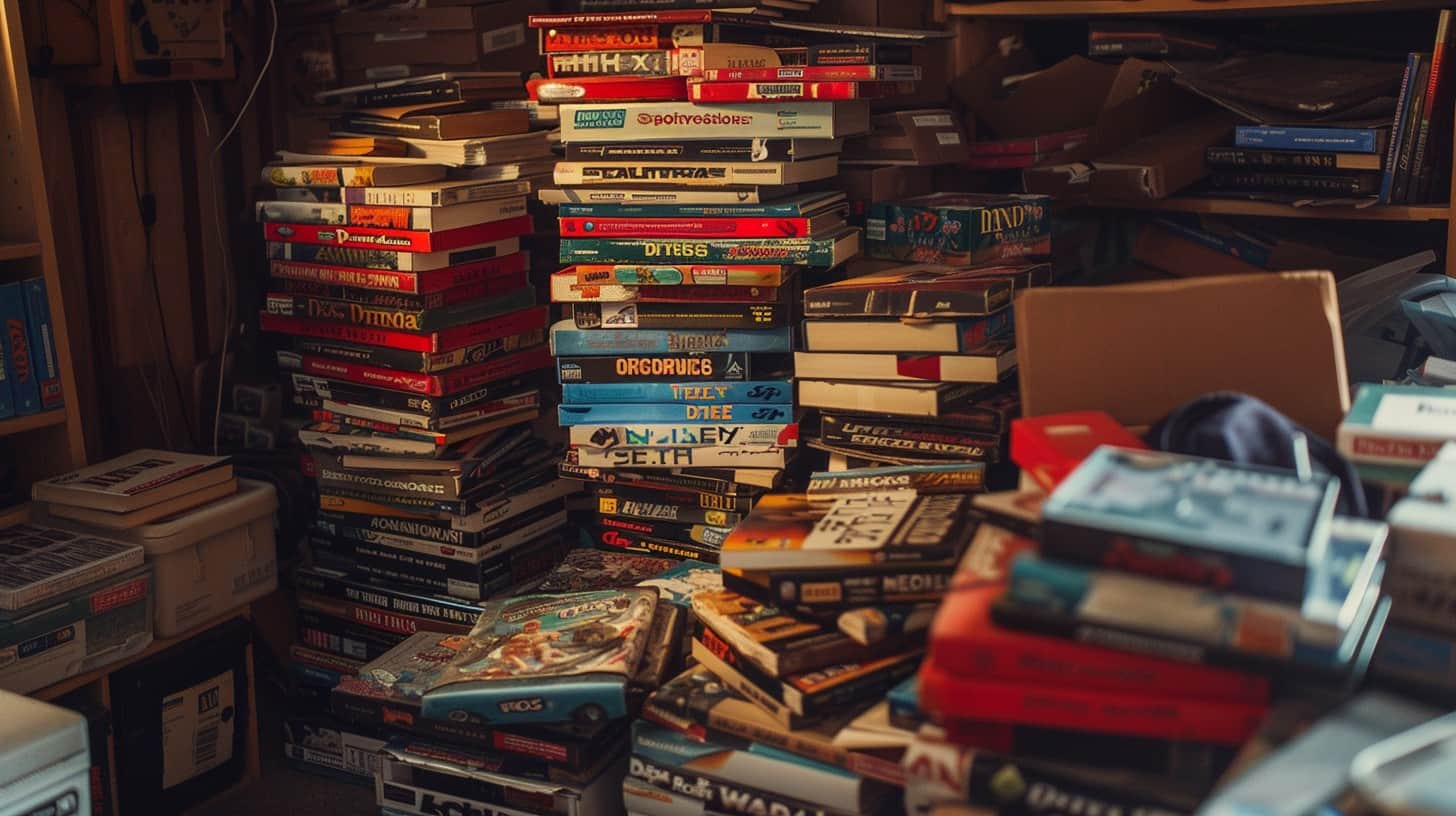Ever felt like you’re wading through a sea of subpar games? Trust me, it’s a common frustration among gamers—something I’ve personally navigated too. In my quest to understand why the gaming landscape occasionally feels cluttered with underwhelming titles, I stumbled upon the root issue: shovelware.
This post aims to shed light on what exactly shovelware is, its impact on the gaming world, and how you can dodge these less-than-stellar experiences. Brace yourself for some revelations!
Key Takeaways
Shovelware is low – quality software and games made to make a quick profit, often filled with reused assets.
It floods gaming platforms like Steam and the Nintendo eShop, making it hard to find good games.
Notorious shovelware creators include Blast! Entertainment and Phoenix Games, known for their rapid release of poor-quality titles.
Valve Corporation removed nearly 200 “fake” or low-effort games from Steam to improve quality on the platform.
You can avoid shovelware by checking sources, reading reviews, watching gameplay videos before buying, and learning about developers.
Table of Contents
Definition of Shovelware in Gaming
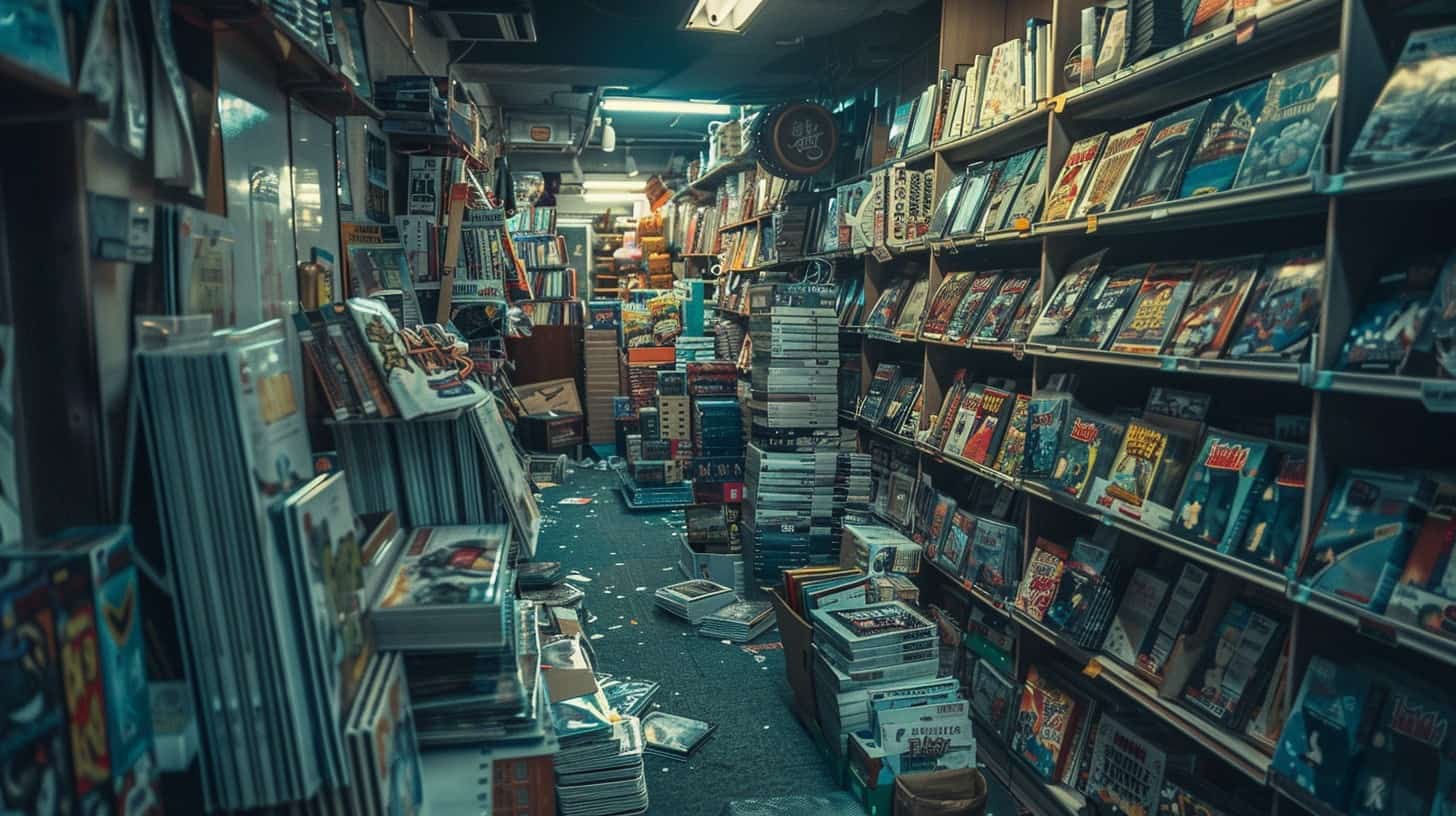
Shovelware in gaming is all about churning out low-quality software and games that put quantity far ahead of quality. Think of it as the fast food of the video game world—quick, cheap, and ultimately unsatisfying.
Starting in the early 1990s, CD-ROMs came packed with heaps of these subpar programs and games. It was like opening a treasure chest only to find it filled with fool’s gold.
These titles are often crafted on shoestring budgets by developers whose main goal is to turn a quick profit. We’re talking about those dreaded asset flips here—games cobbled together from pre-made assets bought off the shelf, then released into the wild en masse.
Labeling them as “fake” games wouldn’t be far off the mark. They flood our favorite digital distribution platforms, making it harder for us to spot genuine gems among them.
Notable Examples of Shovelware
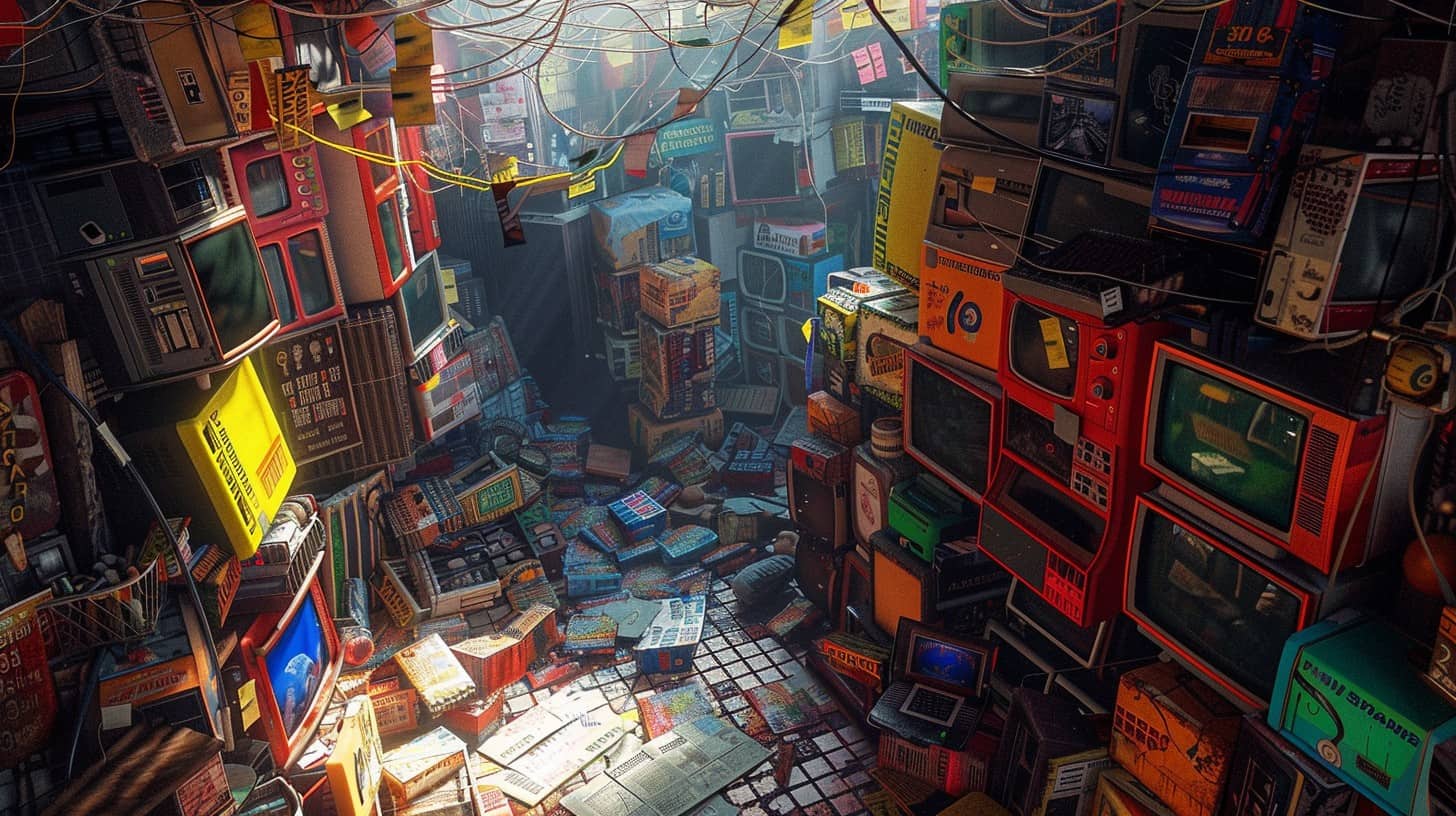
I’ve seen a ton of shovelware in my gaming days. You know, those games that feel like they were made in someone’s garage over the weekend and slapped onto a console or PC. Let me dive into some notorious examples:
- Blast! Entertainment and Phoenix Games: These guys are practically the kings of shovelware. They churn out games at an insane pace, often sacrificing quality for quantity. Their titles usually end up on lists of the worst video games ever made. They focus more on pushing out as many titles as possible, rather than making sure each game is actually fun to play.
- Wii Shovelware: The Nintendo Wii saw an explosion of shovelware titles due to its massive success and broad audience. Many developers thought they could make a quick buck by releasing low-quality sports and party games. Players quickly caught on, though, leading to tons of these games collecting dust on shelves.
- Steam Greenlight and Early Access Victims: Ah, Steam – a haven for indie developers but also a breeding ground for shovelware. Valve Corporation had to step in and remove nearly 200 “fake” or low-effort games because they flooded the market with poor-quality content. It was a wild west situation where anything went until Valve decided enough was enough.
- Mobile App Stores Overload: Ever scrolled through app stores and felt overwhelmed by the sheer number of seemingly copy-paste apps? That’s shovelware in action again, folks. From rip-off versions of popular games to apps filled with ads and little substance, mobile platforms are rife with examples.
How Shovelware Operates
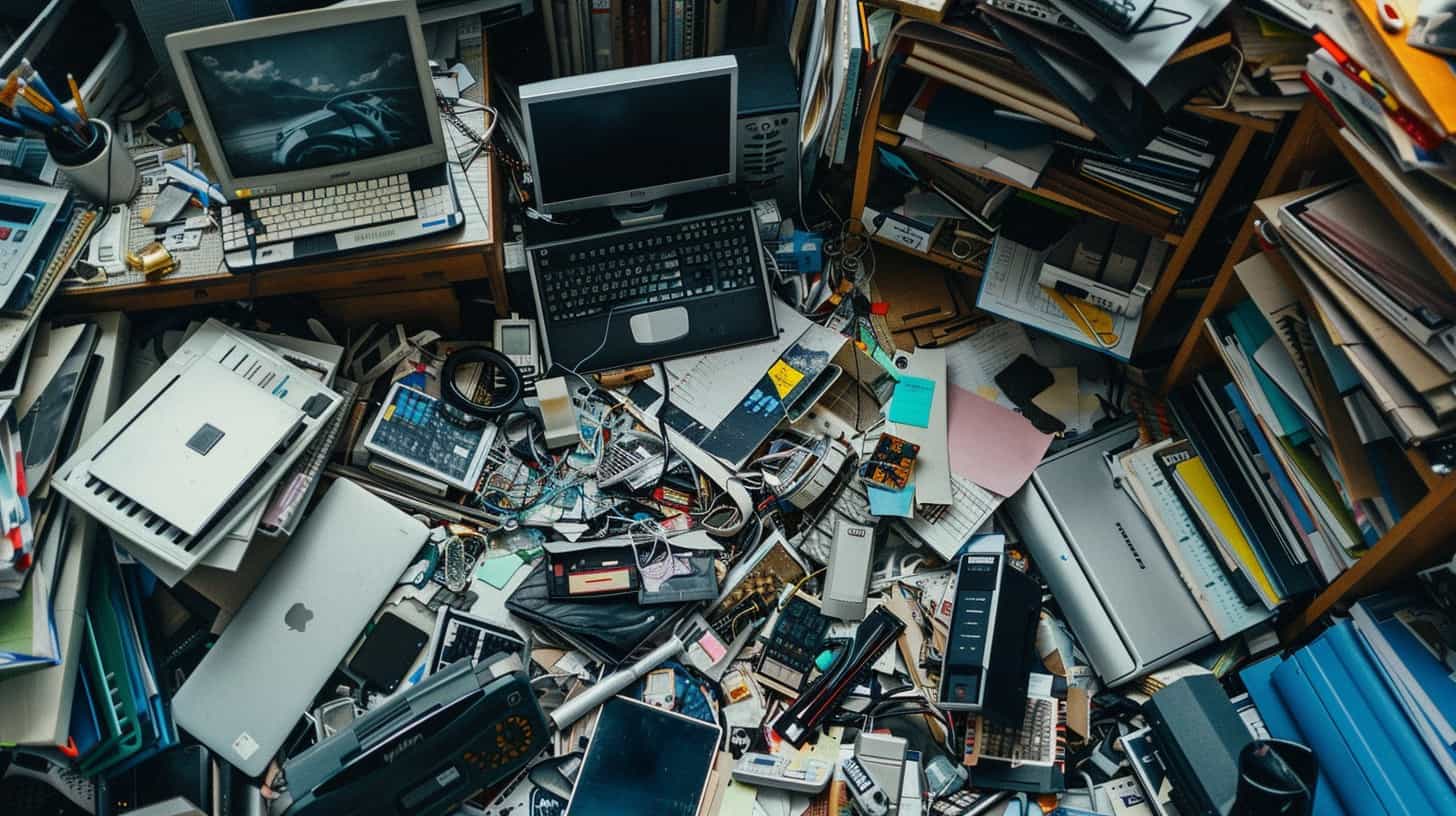
Shovelware creators are all about the cash. They mass-produce games or software, often using pre-made assets—think asset flips here. It’s a quick way to flood platforms like Steam or the Nintendo eShop with their products.
Imagine pouring water into a glass until it overflows; that’s them dumping game after game onto us.
They’re not aiming for quality or innovation. Instead, they play keyword bingo on storefronts to catch our attention. Ever noticed how some game titles seem to be trying too hard? That’s them, hoping we’ll bite based on a trendy name alone.
And Valve? They’ve had enough at points, yanking nearly 200 of these “fake” games from Steam to clean house.
Negative Impacts of Shovelware
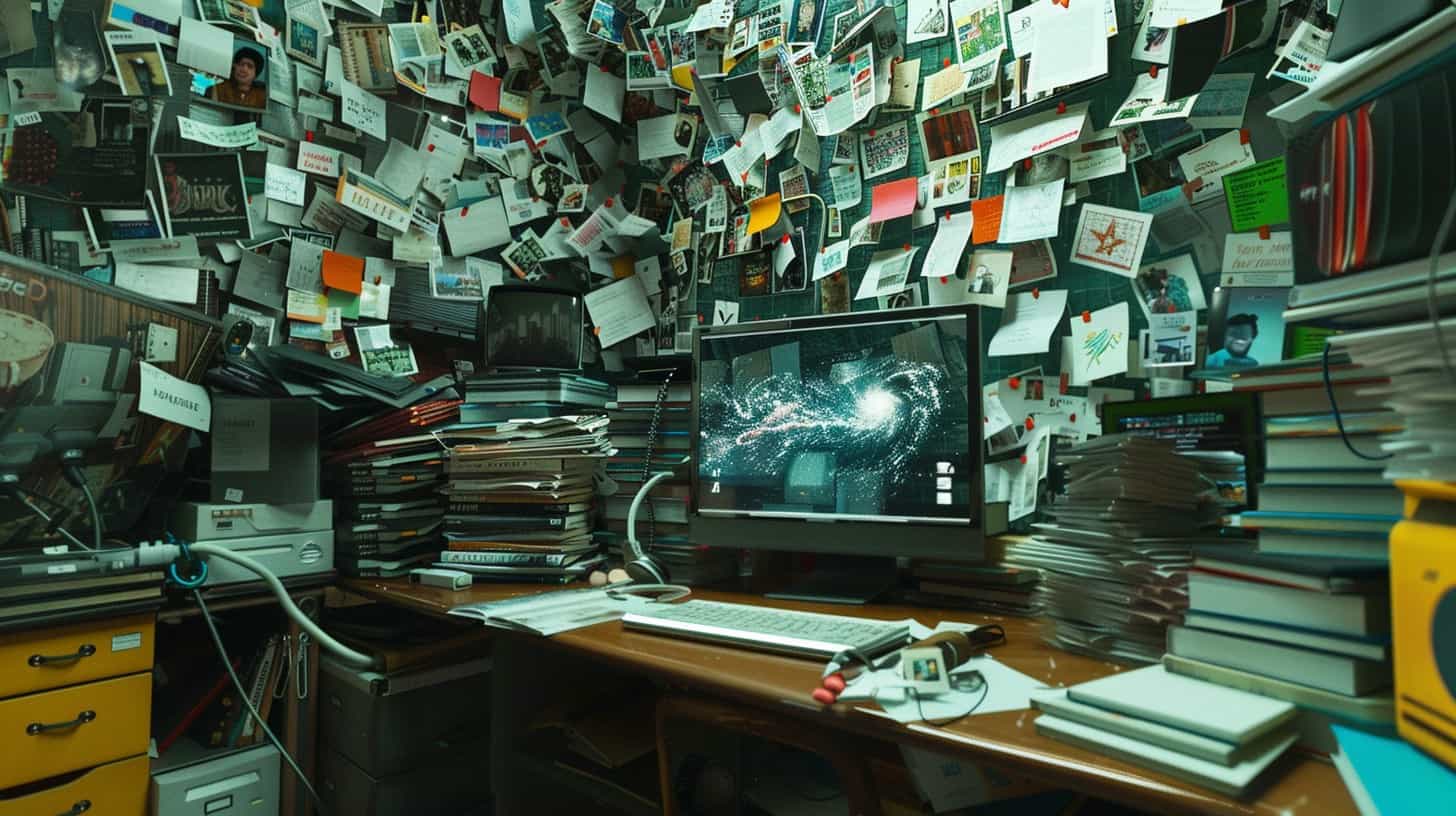
Shovelware clutters our beloved gaming worlds, dragging down the fun. It turns what should be a sleek, smooth experience into a messy, frustration-filled ordeal.
Reduced Quality
Nobody likes a bad game. Yet, shovelware floods our favorite consoles and PCs with them. Picture this: you’re excited to try out a new title on your Nintendo Switch or PlayStation, but it turns out to be a dud.
The graphics feel like they belong in the early 2000s, and the gameplay? Let’s just say watching paint dry might offer more excitement. This is what happens when quantity trumps quality – we end up with games that barely pass as entertainment.
Valve Corporation noticed too many of these low-effort games cluttering Steam. They stepped in and removed nearly 200 of them. Why? Because these titles weren’t just disappointing; they were often misleading or unfinished, promising much more than they could deliver.
It’s not just about wasting time; it’s also about wasting money on something that brings no joy.
Next up: Oversaturation of Market
Oversaturation of Market
Too many choices aren’t always good, especially in gaming. The market floods with shovelware, making it hard to find quality games. This happens a lot on platforms like the Nintendo eShop.
Countless low-quality titles drown out the good ones.
Valve Corporation stepped in and cleared nearly 200 “fake” games from Steam. They did this because players struggled to sift through a sea of subpar offerings just to get to the decent stuff.
Now, let’s look at how you can spot shovelware yourself.
Tips to Identify Shovelware
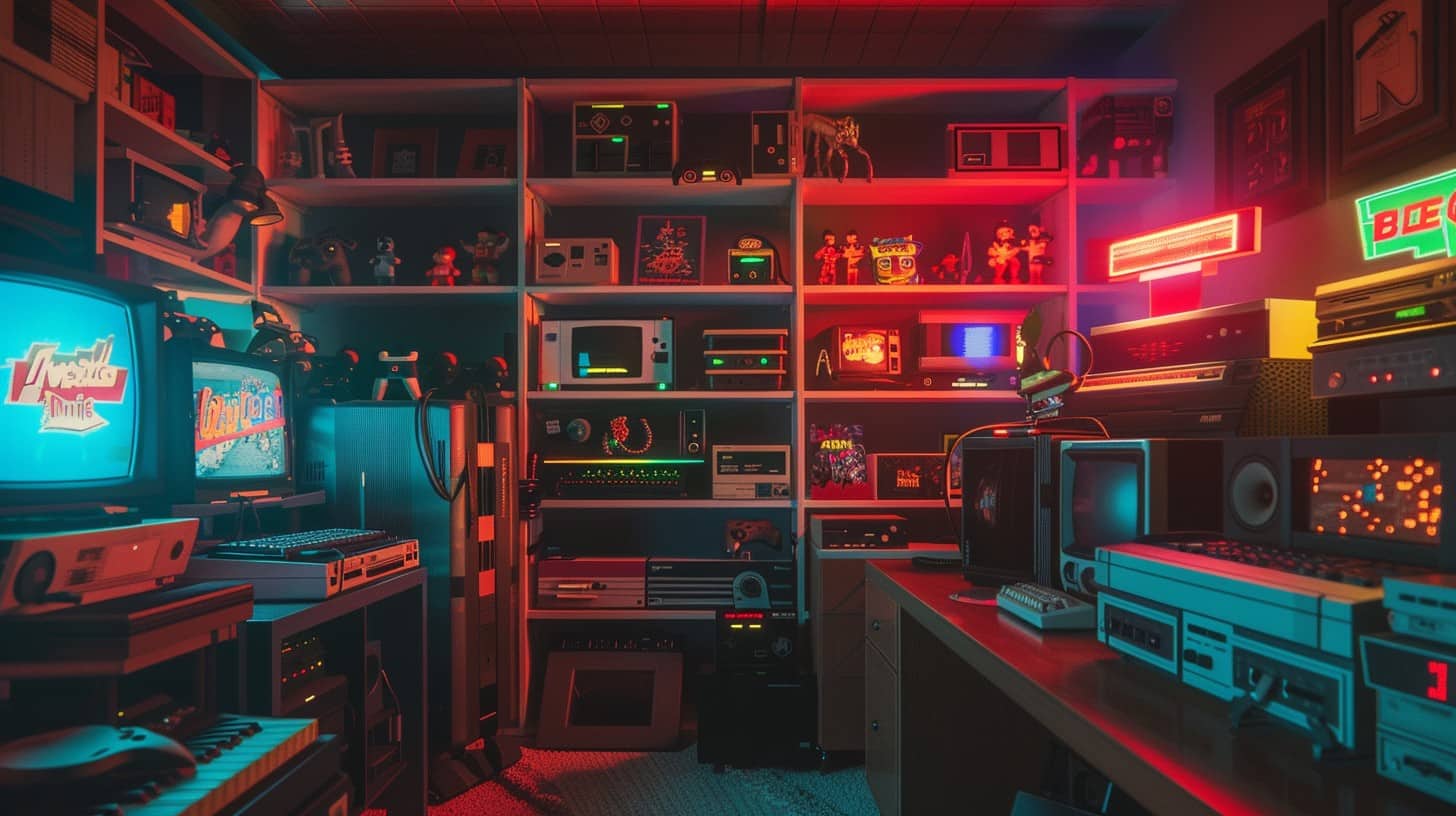
I’m a gamer, and over the years, I’ve seen my fair share of shovelware sneaking into game libraries. It’s everywhere – from mobile apps to big-name consoles. Spotting these unwanted guests before they crash your digital party is crucial. Here are some pro tips to keep your gaming experience shovelware-free:
- Check the source: Reputable sources like Google Play, Apple Store, or Steam have standards. Games from unknown sites? Risky business.
- Read reviews: Not just one or two but a bunch. Other gamers usually call out shovelware, saving you time and frustration.
- Beware of bundles: Game bundles may seem like a bargain, but often come packed with filler games you’ll never play. Quality over quantity always wins.
- Look at update history: Developers who care about their games release updates and bug fixes. No updates? That’s a red flag.
- Investigate the developer: Reliable developers have a track record for making good games. New name in town without much info? Proceed with caution.
- Trust your gut: Weird box art, vague descriptions, or promises too good to be true? Your gamer instincts might be onto something.
Effective Strategies to Avoid Shovelware
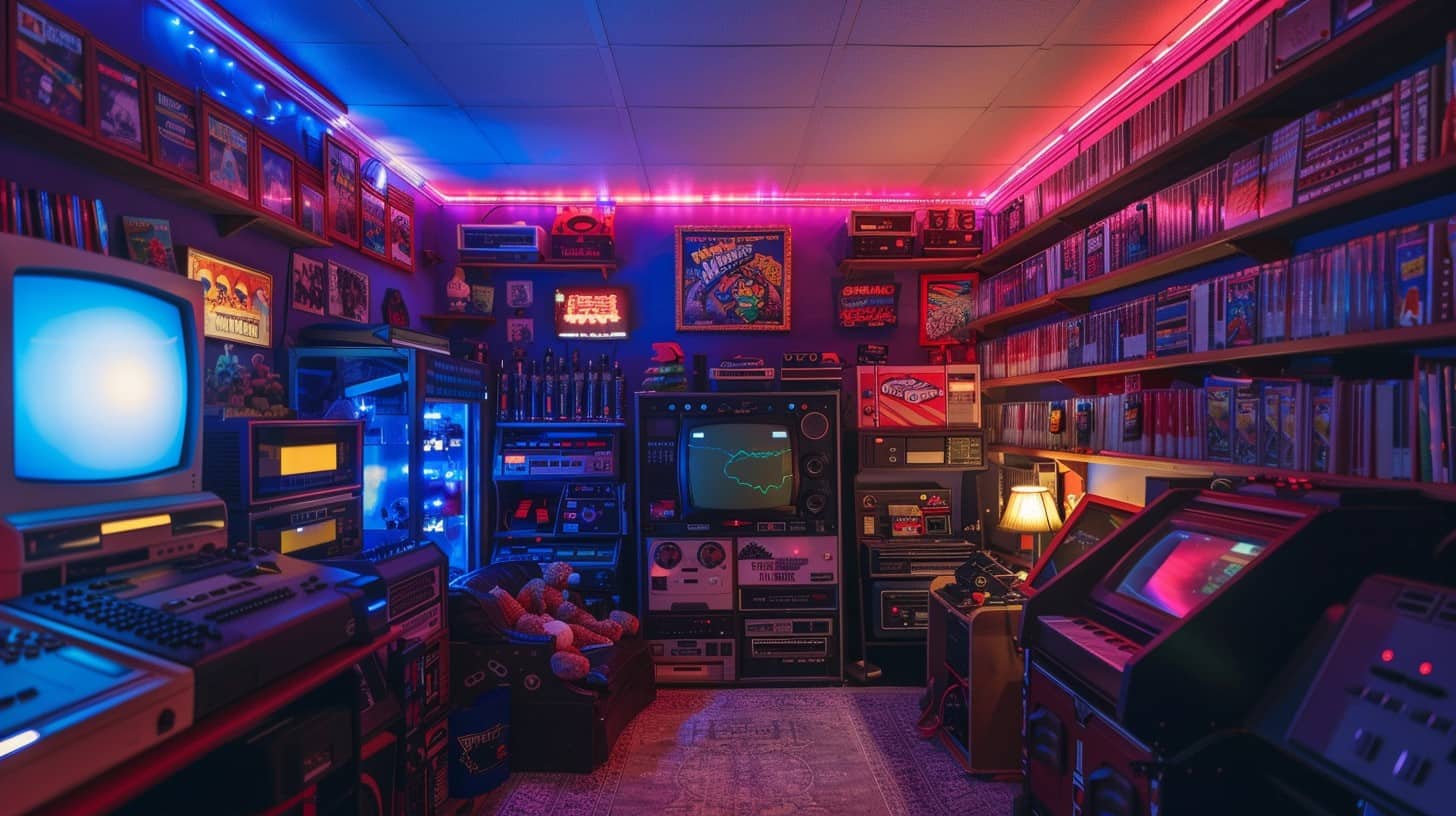
Now that you know how to spot shovelware, let’s dive into how you can dodge it. Keeping your gaming experiences pure and enjoyable is the goal. Here’s how:
- Stick to reputable sources for downloads. This means getting your games directly from well-known stores and platforms, like Steam or the official PlayStation Store. These places check their games to keep shovelware out.
- Use antivirus software, always. It shields your computer or console from malware that might come with unwanted software. A good antivirus can spot trouble before it starts.
- Read reviews – lots of them. Other gamers’ experiences can be a gold mine of info on what’s worth your time and what’s not. Websites, social media, and forums are great places to start.
- Watch gameplay videos before buying. Seeing a game in action gives you a real sense of its quality and whether it falls into the shovelware category.
- Wait for sales or use “try before you buy” options if available. Sometimes, game demos or free trials let you test the waters without committing your cash first.
- Learn about the developers and publishers behind the games. Knowing who’s consistently putting out good stuff (and who’s not) helps make better choices.
- Keep an eye on early access titles but proceed with caution. While some gems start here, many shovelware games also try to sneak in through this route.
- Finally, trust your gut— if something feels off about a game or deal, it probably is.
Historical Context and Positive Examples of Pre-Installed Games
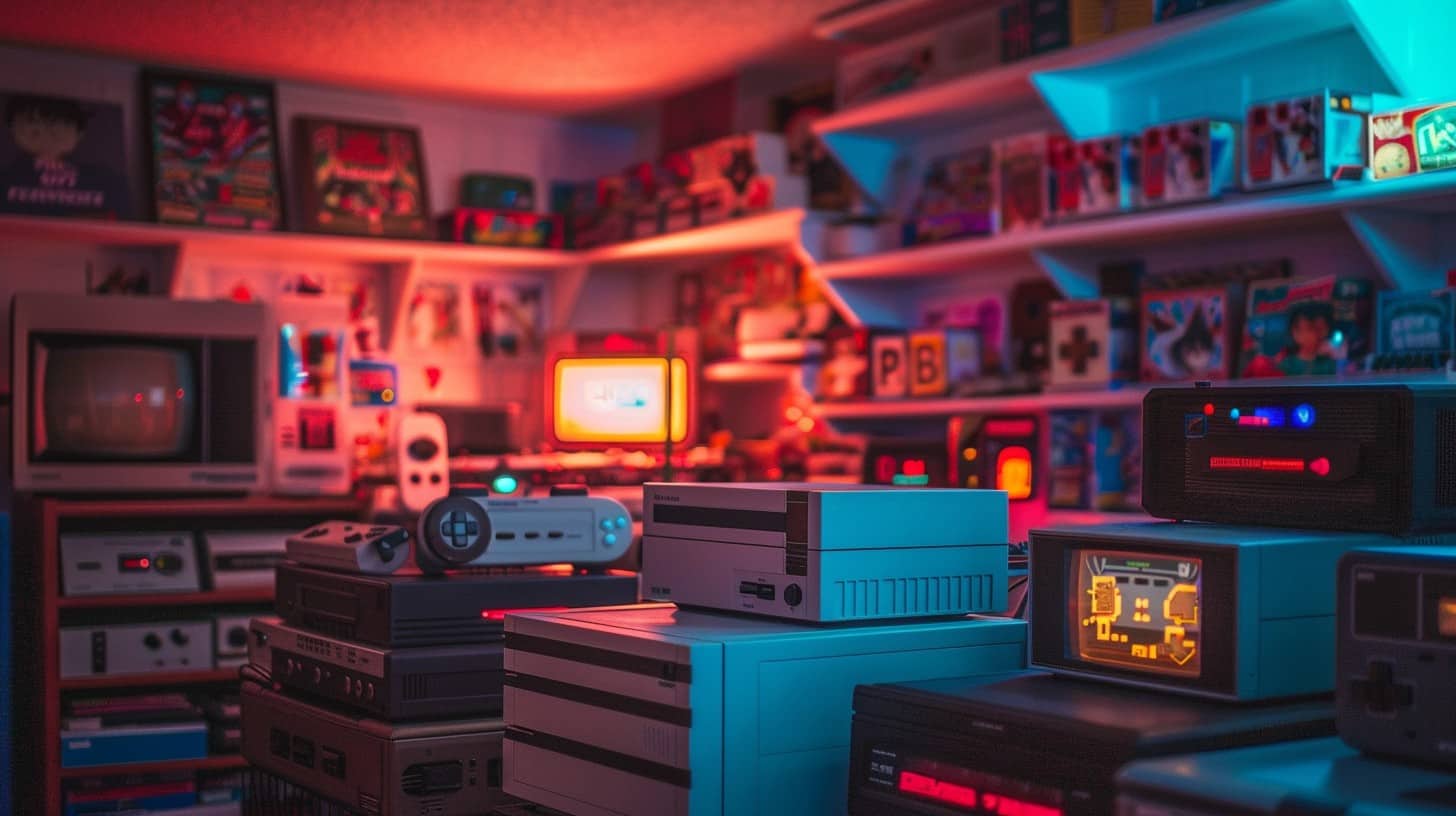
After learning how to dodge the shovelware bullet, let’s take a trip down memory lane. History shows us not all pre-installed games deserve a bad rap. Think back to the golden age of Windows 95 — an era where Microsoft packed in some real gems with their operating systems.
Classics like Minesweeper and Solitaire weren’t just time-killers; they became cultural icons. These games proved that simplicity and addictiveness could go hand-in-hand, offering endless hours of entertainment without costing a dime.
Fast forward, and you’ll find other shining examples scattered across various platforms. Video game consoles have also seen their share of hits coming pre-loaded or as part of software bundles, ready to play out of the box.
This tradition highlights an important lesson: not all bundled games are shovelware. Some developers genuinely aimed to enhance users’ experience right from the start, blending creativity with convenience.
Remember those days? You could play solitaire online on many websites and apps now, but there was something special about clicking through Windows 95 games — no downloads needed, just pure fun at your fingertips.
FAQs About Shovelware
What is shovelware?
Shovelware is low-quality software, often bundled with new computers or tablets, filled with unnecessary applications that can slow down your system. Think of it like unwanted clutter—stuff you didn’t ask for and don’t really need.
Why should I avoid shovelware?
You should steer clear because it wastes space and slows down your device. Plus, some shovelware could even be malicious, leaving you open to security risks like data breaches or cyberattacks.
How does shovelware end up on my device?
Manufacturers and sellers sometimes pack these extra programs into their products for profits, hoping you’ll use them—or at least not bother to remove them. It’s a common practice in both computer gaming systems and general-purpose devices.
Can shovelware pose serious issues?
Yes! Beyond just being an annoyance or a waste of time, bad actors might exploit shoveled apps to launch cyberattacks or commit identity theft through vulnerabilities in the software.
How do I get rid of unwanted applications?
Start by uninstalling any application you don’t use or recognize from your system settings; keep an eye out for any tricky uninstallers that might try to sneak more junk onto your machine… reliability matters! For tougher cases, consider specialized removal tools, but always download them from reputable sources to avoid swapping one problem for another.
Are all pre-installed applications considered shovelware?
Not all! Some pre-installed programs are useful—think essential utilities or trial versions of high-quality software aimed at improving your experience right out of the box… The key? Discernment and consumer awareness play crucial roles here – do research.
